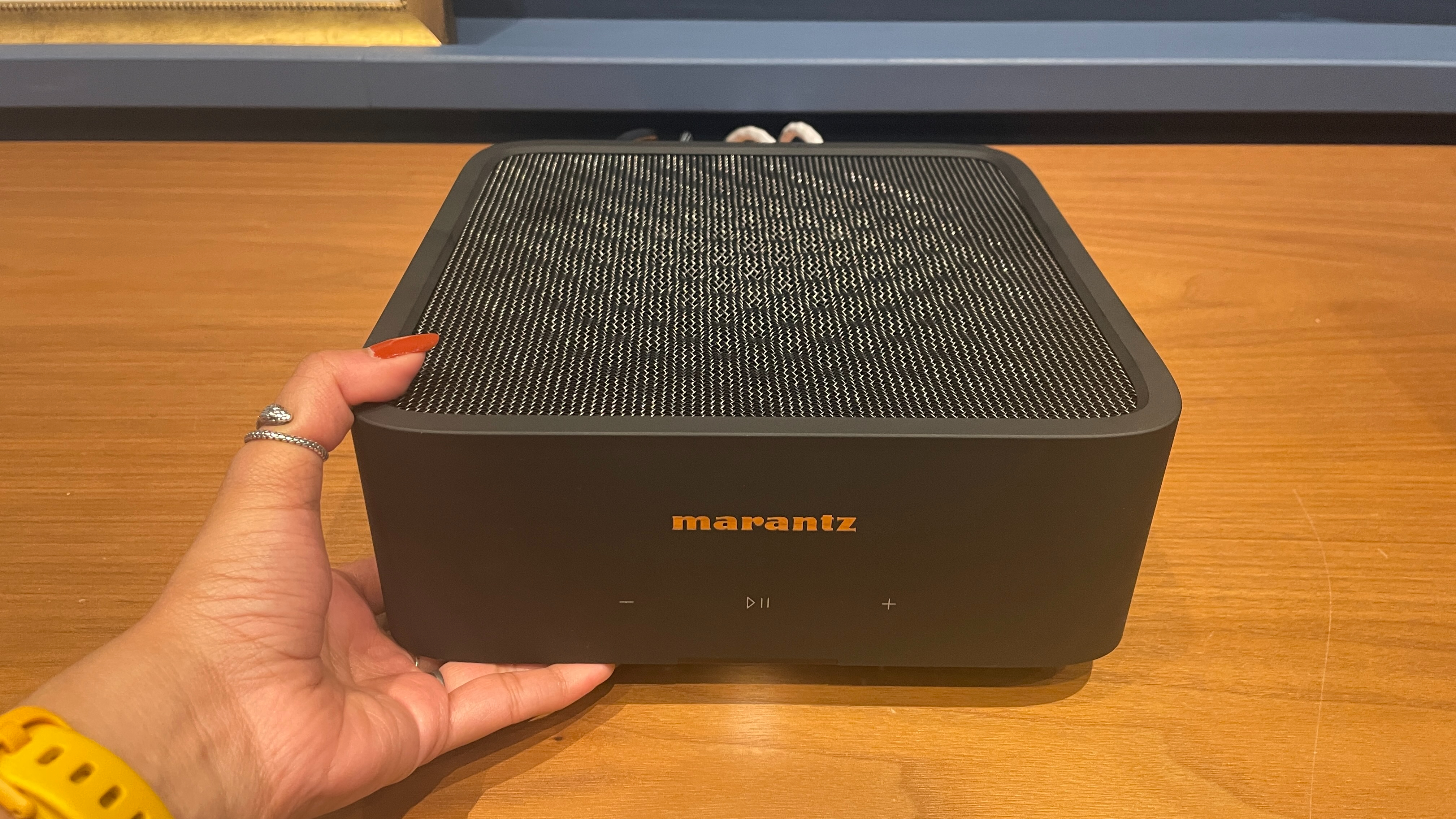
I’ve just had our first glimpse of Marantz’s latest streaming amplifier at the Masimo European Dealer Conference, where future product launches from Marantz, Denon and Bowers & Wilkins were shown under strict embargo.
The one product I can talk about, however, is one that I’ve been most intrigued by ever since the news launched last month: the Marantz Model M1. It’s a 2.1-channel amplifier with HEOS-powered network streaming, physical connections including HDMI eARC and, comes with an appealing price and form factor that could be exactly what I’ve been waiting to see from an established hi-fi brand.
It’s no secret that multi-functional products such as streaming amplifiers that combine amplification, DAC, streaming modules, connectivity and preamp/headphone amp into one convenient box have risen in popularity in recent years, from Naim’s premium Uniti Atom to the Cambridge Audio Evo to the ultra-affordable WiiM Amp.
While we’ve heard some excellent products from this category over the years, I’ve long felt that many of these options fall into a few different camps: they’re too expensive (costing over a grand), they are still fairly sizeable units or follow the traditional full-length hi-fi separates design that needs ample space to accommodate, or they just don’t sound very good under a certain level.
What intrigues me about the Marantz Model M1 is its potential to address all these issues; all of which I’ve experienced with streaming amps. It comes in an appealingly compact size (ideal for those who want a space-saving music system), it has a rich hi-fi heritage thanks to Marantz’s expert audio tuning (and the brand already has form in this category with the superb five-star PM7000N), and a more palatable price. Now, £900 / $1000 isn’t by any means ‘affordable’ but the standard launch price for streaming amplifiers tends to be £1500 / $2200 or higher – see the Audiolab Omnia (£1599 / $2299), Cambridge Audio Evo 75 (£1799 / $2250), Marantz Model 40n (£1899 / $2499), Naim Uniti Atom (£2300 / $3799) and more. Arcam’s upcoming models are even more high-end, starting at £2999.
For under a grand, your options are more sparse: the £599 / $649 Bluesound Powernode Edge (compact, competent performer, powered by excellent BluOS platform) and the £319 / $299 WiiM Amp (feature-packed, ultra-affordable, lacklustre sound). The Marantz Model M1 coming in just under a grand could usher in a new level for streaming amps and bring them in reach of a larger audience, which can only be a good thing for the hi-fi industry, whose traditional separates hi-fi appeal (as much as I still love separates) is getting smaller and nicher.
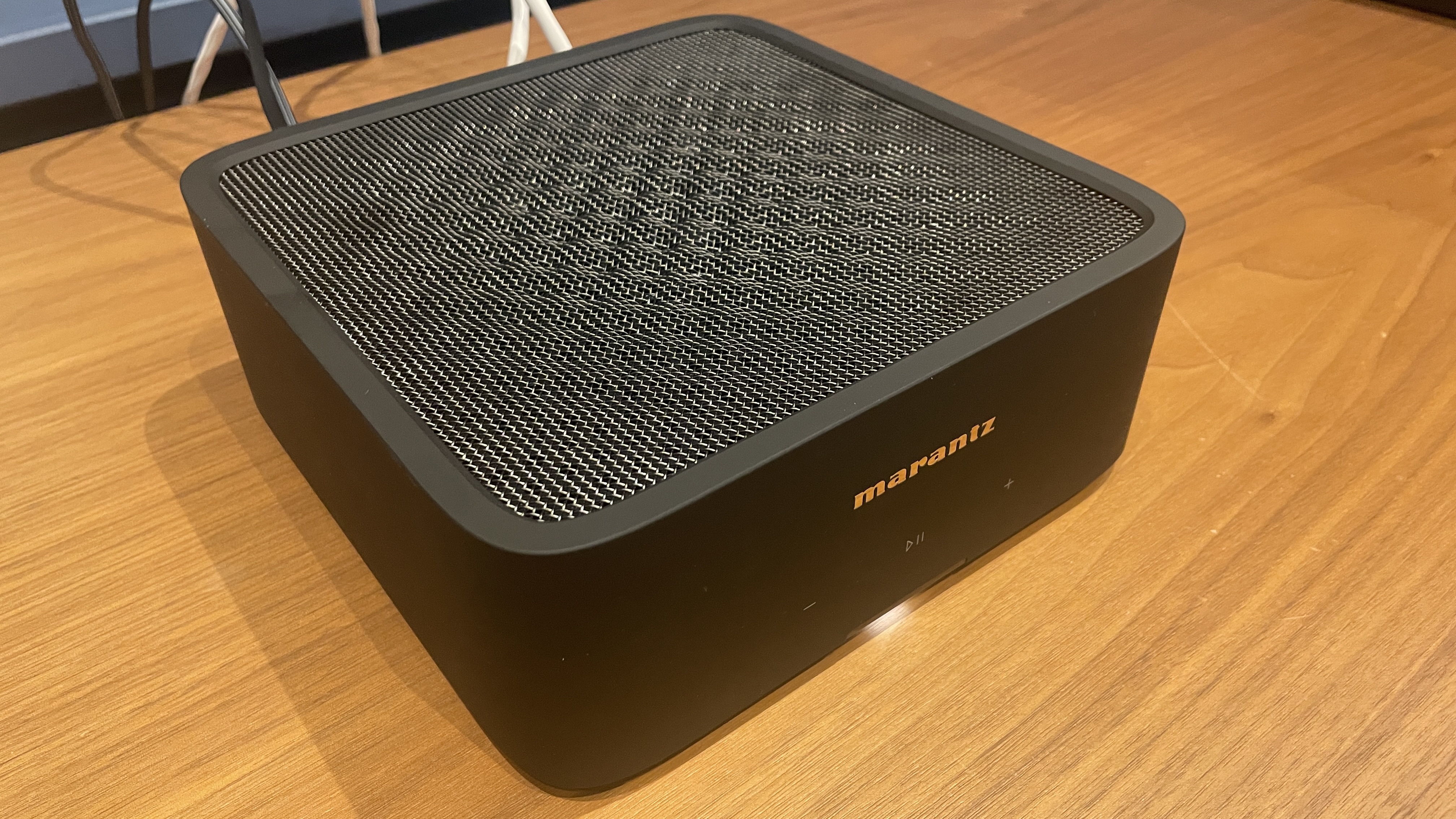
We've seen the explosion of interest and popularity that newcomer WiiM’s compact products have made in the last year alone, and the Marantz Model M1 coming in a similarly diminutive shape and size is, I think, cleverly judged. I can see the M1 easily taking up the same space that the WiiM Pro Plus does in my TV/hi-fi cabinet at home.
Seeing it and holding it in person, the Model M1 feels even higher quality than it appears in the press images. The sleek, minimal design with rounded edges and a substantial weight, all add up to deliver a luxury feel, especially compared with the more lightweight, plastic feel of its WiiM and Bluesound rivals. I particularly love the wavy, textured weave of the top panel’s vent mesh – it adds a visual style that is otherwise lacking in the rather functional boxes of rivals.
The M1’s dimensions (8.4 x 24 x 21.7cm) are a few centimetres bigger than the WiiM Amp/Pro Plus but the square-ish, robust design is compact enough to fit into most small spaces – seeing the product placed on the hotel conference room’s furniture shows how easily you could accommodate it on a sideboard, TV cabinet, shelf or even desktop.
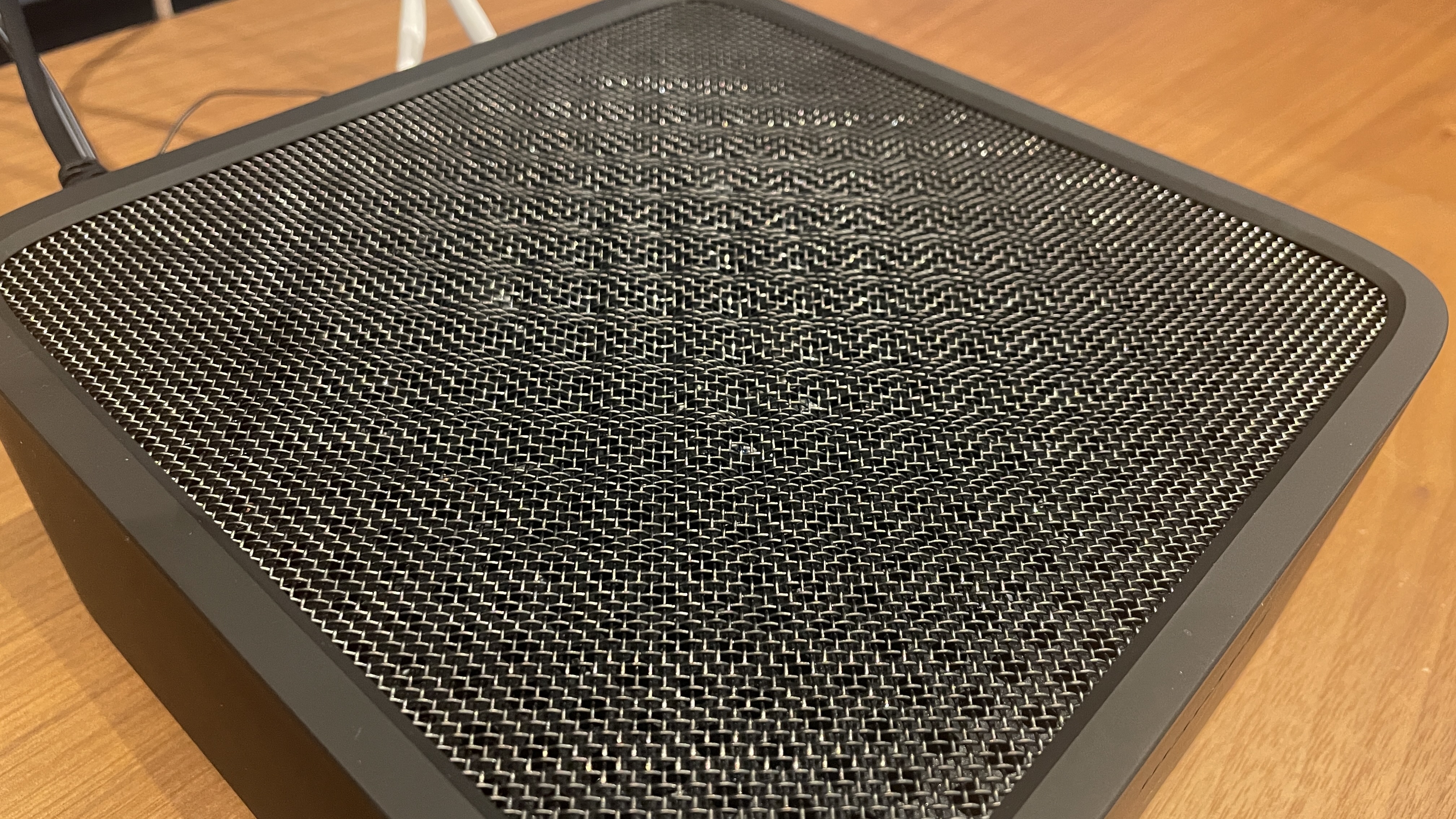
Marantz emphasises that the M1 is built in the same Shirakawa Audio Works factory in Japan as its high-end hi-fi models (such as the excellent Marantz SA-10 SACD player), hence the high-quality build and audiophile heritage that exudes from the little unit, which has been tuned to deliver the “characteristic warmth and musicality of any Marantz product”.
Of course, a big part of the appeal of streaming amplifier products such as this is just how much you can pack into one box: inside the Model M1 you get 100W of amplification per channel and hi-res audio support up to 24-bit/192kHz PCM and DSD128. It uses the HEOS platform which gives you access to a host of streaming services and talents, including AirPlay 2, Bluetooth, Spotify Connect and more (Tidal Connect and Roon Ready are incoming).
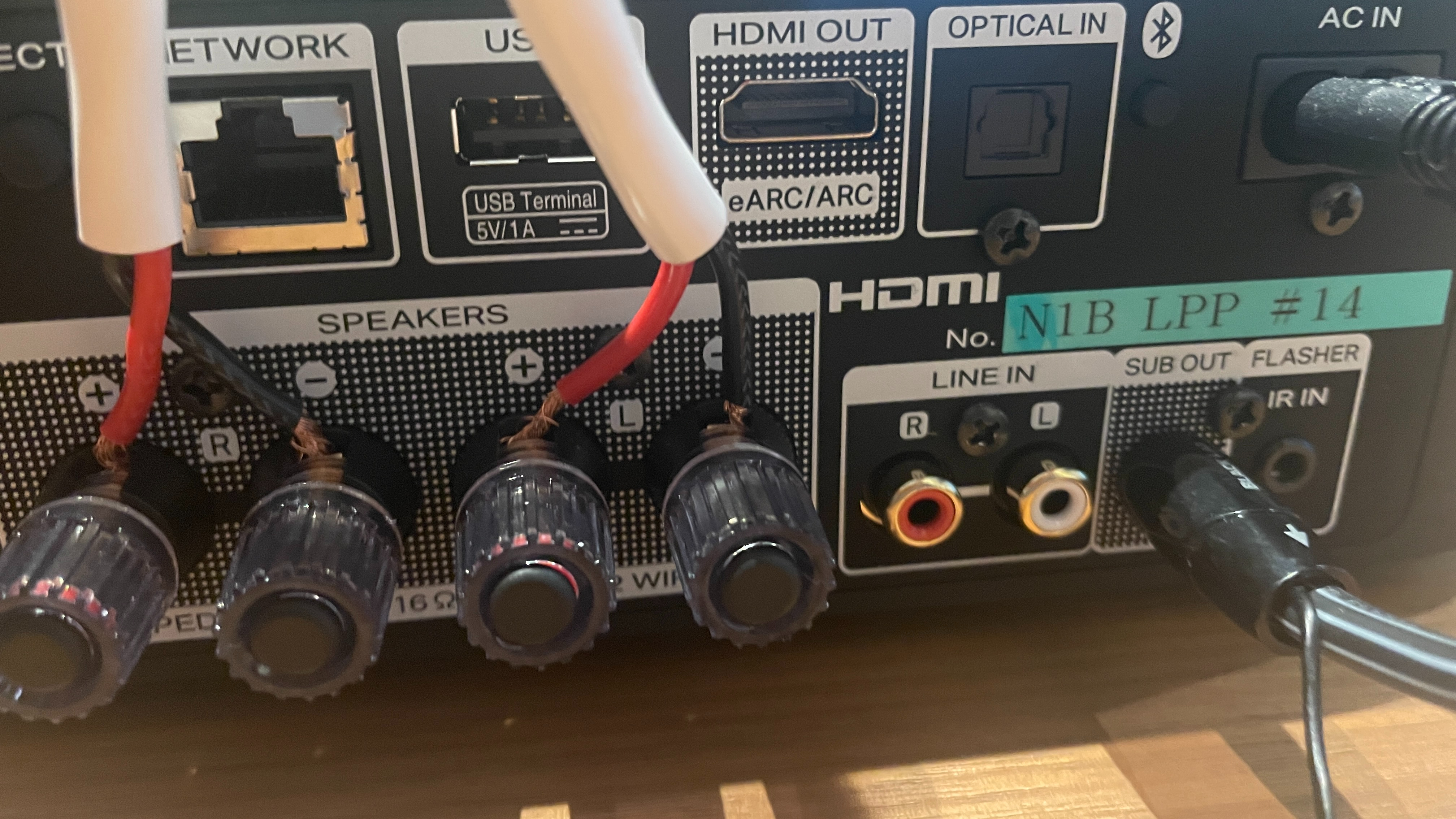
Physical connections cover the essentials: RCA stereo line level input, optical input, a USB type A input for flash drives, a subwoofer output to create a 2.1 system and, more importantly, an HDMI eARC input that supports Dolby Digital+ decoding, making the Model M1 a viable (and rather more appealing, to my mind) soundbar alternative for a TV audio system.
Specs-wise, it’s roughly on par with the Bluesound and WiiM models, but does boast a more powerful output than either. I wasn’t able to test out all the various connections or the strength of the streaming signals, nor was the M1 hooked up to a TV in the demo, but they’re all features we’ll be testing out thoroughly when we get a sample in for review.
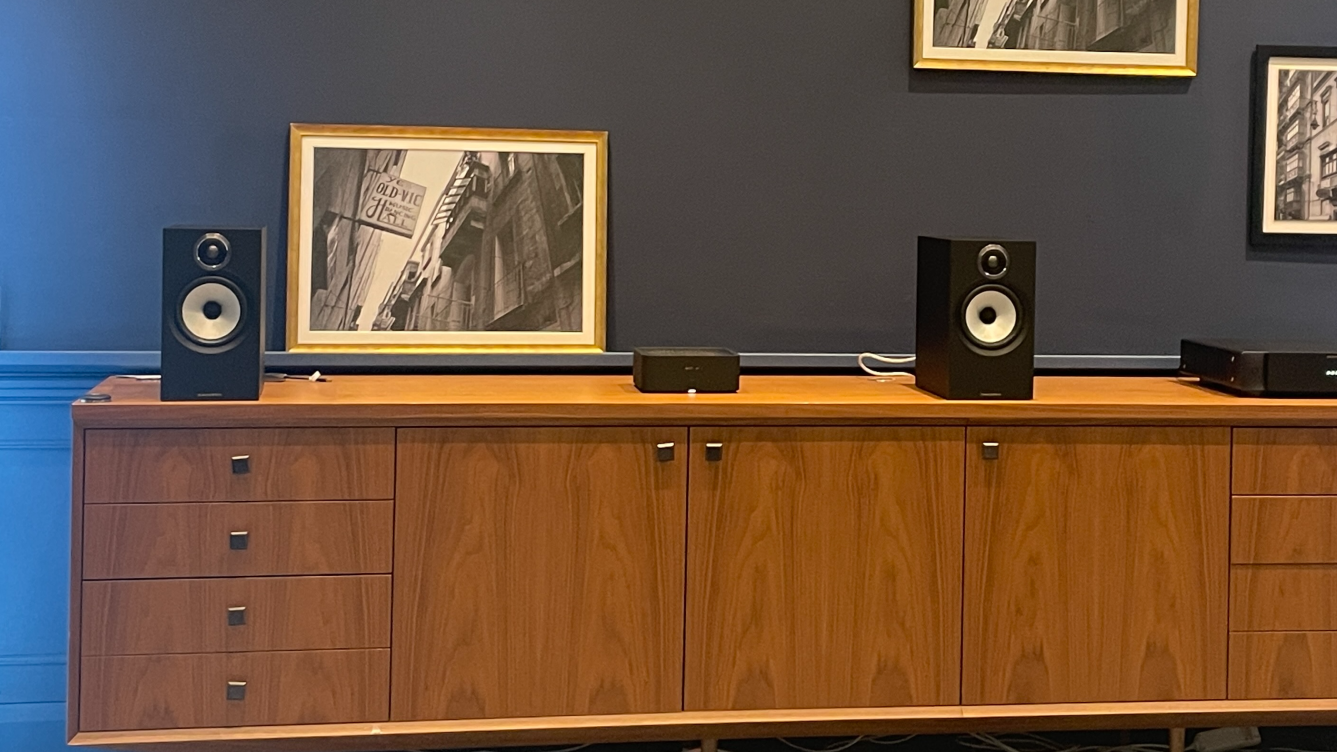
The Model M1 demo unit I saw and heard was flanked by a pair of Bowers & Wilkins 607 S3 speakers, both placed on a nice bit of wooden furniture, and it was an immediate visual representation of just how streamlined and modern a compact just-add-speakers system like this can be.
With songs played over Tidal using an iPad during the demo, a couple of things became clear to me. One is that a hotel conference room is a pretty terrible place for an audio demo and to judge a product's true sound quality. The room was a bit too large, there was no acoustic treatment of any kind, and the sound would regularly set off bits of furniture in the room when it hit certain frequencies and boomed.
Despite all that, the Marantz and B&W combo did sound pretty good. Even in a not-so-perfect setting and with a brief listen, songs were delivered with a good dose of rhythm, drive and engaging dynamics. It sounded pretty clear and organised, and it certainly went loud. I've tested the Award-winning B&W 607 S3 speakers (£599 / $900) and know them pretty well, so their fun, energetic sonic signature was easy to pick out, and they seemed to pair well with the Model M1, which sounded powerful enough to drive the speakers with ease and oomph. Most of all, the combo sounded interesting – at least to my ears, it sounded more musically interesting and fun than when we tested the Bluesound and WiiM Amp alternatives.
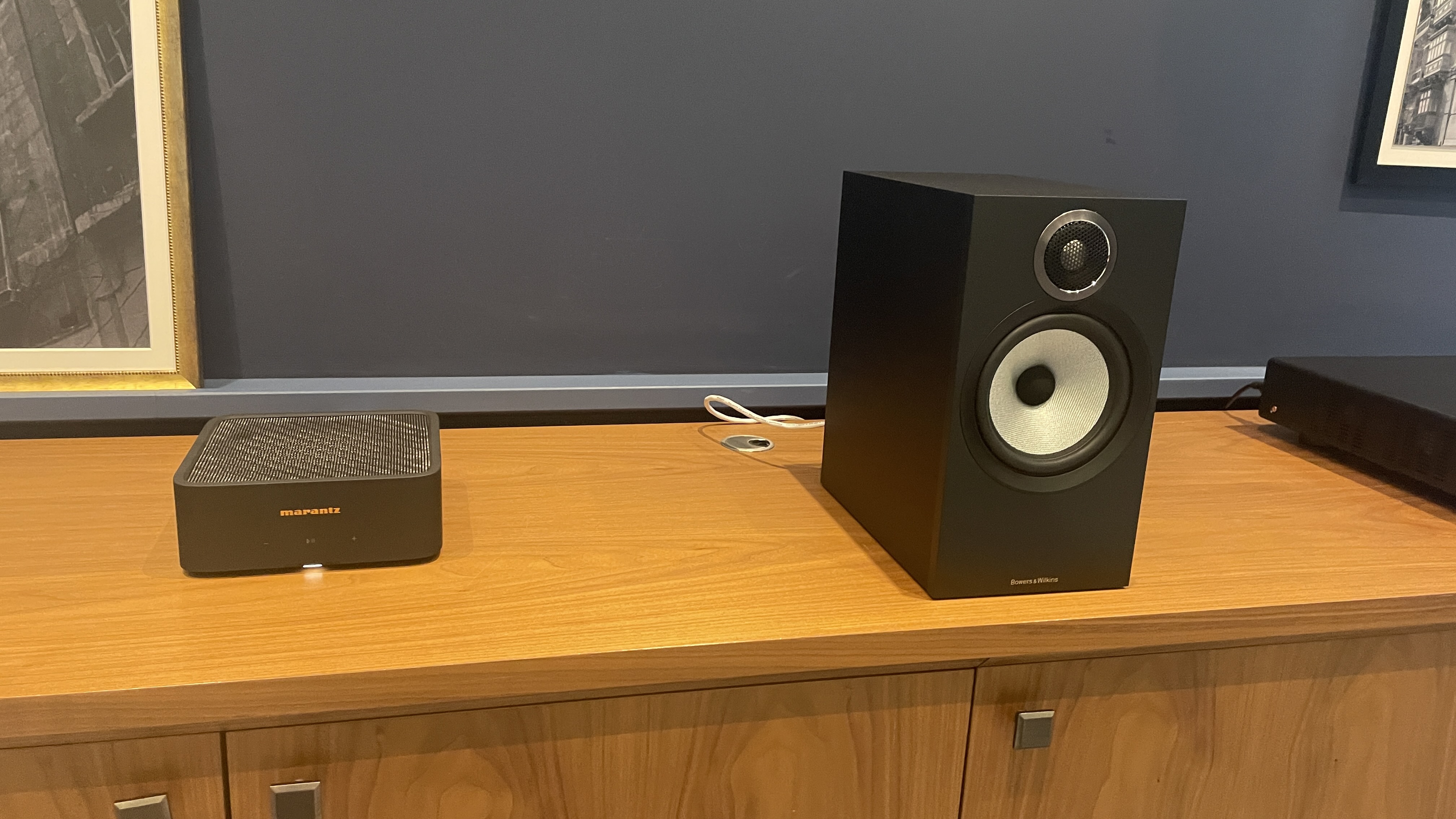
Of course, the demo conditions weren't ideal for any critical listening, but even that brief snippet was enough to pique my interest. I'm hopeful that the Model M1 can offer the engaging, articulate and fun-sounding performance I'm after in any hi-fi equipment, and complete the trifecta of things I want on my wishlist for a modern streaming amplifier.
It may not be enough to drag me away from my beloved hi-fi separates system but the Marantz Model M1's compact and stylish design, relatively affordable price, thorough feature set and potential for great sound quality could be just the thing for many people. I'm certainly excited to hear how the Marantz Model M1 truly performs once we get a unit in for testing in our dedicated listening rooms and to see how it fares against its rivals in this category. Stay tuned.
MORE:
Should you buy a streaming amplifier? Here are 3 key pros and 2 cons to consider
Buying a music streamer? Avoid these 10 easy mistakes
Separates vs systems: the pros and cons of each path to hi-fi nirvana







